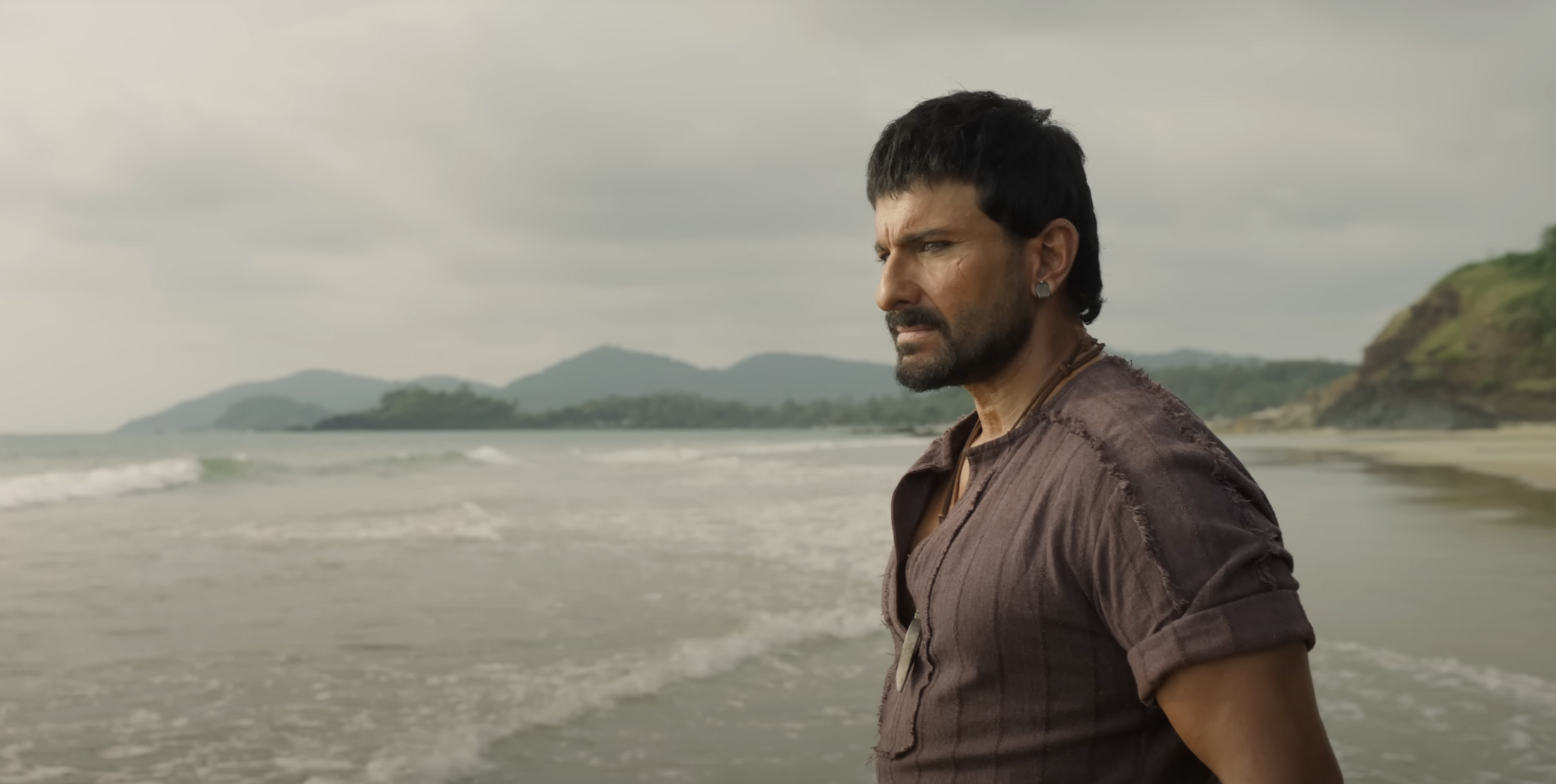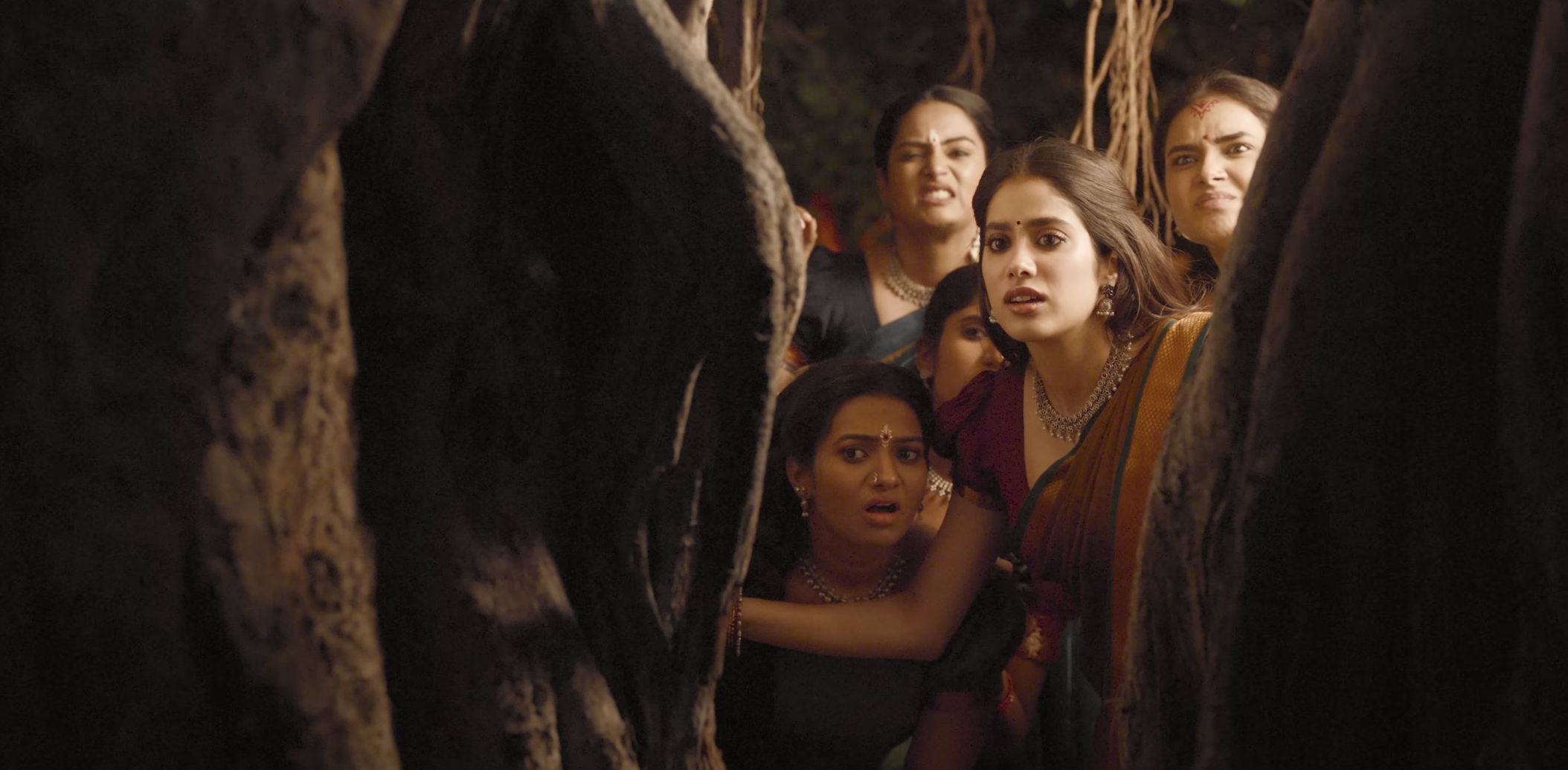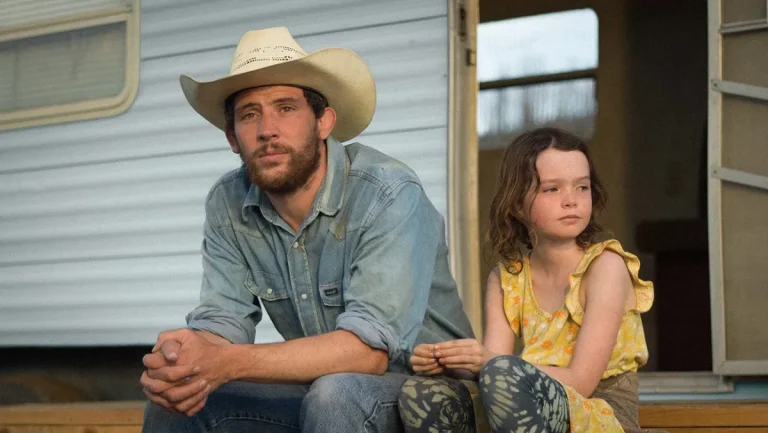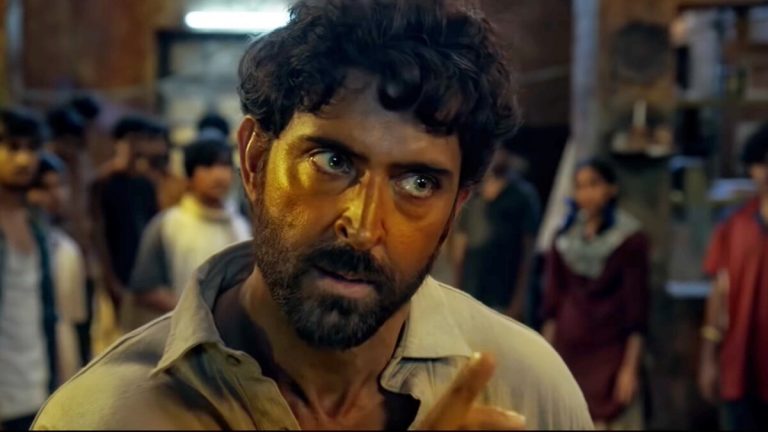The Rajamouli Curse—a form of box office slump experienced by superstar actors immediately after the star-making film of SS Rajamouli—seemed at the beginning to be a pattern restricted perhaps only to Prabhas after the “Baahubali” duology (2015 – 2017) catapulted him to worldwide fame. He failed to capitalize on it by delivering bombs like “Saaho” (2019), “Radhe Shyam” (2022), and “Adipurush” (2023).
In the film industry, where the viability of stardom exists not only within the rabid fandom of the stars but also in box-office success, the success of “RRR” (2022) and how it catapulted both Telugu cinema as well as the artists involved with it to international fame, the Rajamouli curse rears its ugly head towards star Ram Charan when he released “Acharya” (2022) on that same year to negative results. It is also, coincidentally, directed by the director of “Devara: Part 1″—Koratala Siva.
The Rajamouli comparison is necessary to be brought up here because post-Baahubali, the race to create a pan-Indian film by stretching the usual masala movie template to two parts, with a humungous budget, massive scale, and over-the-top performances with a strong emotional core, forces filmmakers to make their movie “pan-India retroactively” rather than organically develop them as such.
The ambition is praiseworthy, and how the movie begins: in the present day, with a cold open describing the smuggling operations being executed in the 90s and how those smugglers would employ highly capable, agile, and strong villagers living on the coastal shores near the Ratnagiri mountains to smuggle their goods at the dead of night from the merchant ships. It then takes the traditional route of a character in the narrative, espousing the story about the past, and the movie then shifts to the past timeline.
The past timeline, which comprises the entirety of the first half, would cover the story of Devara (NTR Jr.) in the 1980s, the chieftain of one of those villages and part of the group responsible for smuggling from the merchant ships. How Siva develops the milieu and the tradition of the villagers—with their gods to worship, as well as celebratory fights among the chieftains to decide which village would take the majority of spoils and arms—is fascinating.

It is also interesting to see how Siva choreographs the action set pieces with the help of R. Rathnavelu’s cinematography. The overuse of CGI at times, especially during the night sequences, and the added slo-mo and digital blood effects stand out unfavorably, but the overall choreography of the action set pieces is rather pleasing to look at. There are also instances where the opponents have unique skill sets that they would try to utilize against Devara.
An interesting idea also unfolding in the first half is “Devara” advocating against violence, rationalizing his ancestors’ violence-filled ways as a method to fight for the nation’s independence. Now, circumstances force his people to take up smuggling and become imbibed with greed and bloodlust. That becomes the chief conflict between Devara and Bhaira (Saif Ali Khan).
The problem is Siva can never work beyond what the template can cover. He isn’t as empathetic in his conviction or as capable a director as a Rajamouli to twist or work within a template by unfurling his touches. At best, he shifts the “Baahubali” template—instead of the first half of the movie dealing with the present day before moving to the past in the second half, he would go linearly.
He also floats the idea of keeping Devara’s whereabouts post the first half within the narrative ambiguous, thus teasing a father-son confrontation or a team-up even as the villagers find themselves on the defensive due to Devara’s oath to stop villagers from resorting to their smuggling ways and consequently becoming a legend. But the movie falters majorly in that second half, with the customary introduction of the son Vara (NTR Jr.) with an opposite demeanor to Devara.
The problem with films of two different halves dealing with two entirely different timelines is the rebuilding of momentum as the movie shifts from one half to the next. While the world-building of the 1980s timeline feels somewhat unique, the second half is scattershot and extremely aimless.

A love track between Vara and Thangam (Jhanvi Kapoor), with her character depicted as heavily oversexualized, is cringy but, more importantly, completely useless. The world-building of the second half doesn’t work because it cannot build off the work done in the first half creatively or interestingly. The film thus struggles to maintain momentum as it races towards its inevitable conclusion.
With “Devara—Part 1,” the overuse of CGI is another glaring issue. The choice to set most of the action set pieces underwater at leads provides a unique visual substrate. Still, the creation of CGI sharks and showcasing Devara’s abilities equivalent to a demigod or a discount Aquaman (in how he rides the waves or how he tames the sharks to his will) renders those sequences cartoonish rather than providing one with the appropriate dopamine highs. Anirudh Ravichander’s score does the major heavy lifting in this film.
The only saving grace (it seemed) had been the ambiguity of Devara’s character in the first half, until Siva decides to end the first part of this duology with a Baahubali-shaped zinger and fails massively at it because it isn’t built up organically rather just randomly placed and announced towards the end, before cutting to a name card announcing the inevitable Part 2. The primary issue with this form of filmmaking is that your first part of a two-parter risks not ending with a clear hint of what’s to come and a question so compelling that it excites you to watch Part 2 immediately and leaves you wanting. Consequently, the film lands with a thud.
No amount of the major screen presence or the smooth dance moves of NTR Jr. can save a film that is so derivative of its storytelling and so unsure of expanding its interesting ideas in clever or innovative ways. To expect thematic nuances out of commercial films might be foolhardy. Still, when the first half teases such thematic weightage, one expects those thematic confluences to be followed up or granted a specific sort of closure before the inevitable second part of the duology. It also doesn’t help that Siva and editor A. Sreekar Prasad’s filmmaking styles feel decidedly old-school and extremely dated at times, especially in Prasad using speed ramping so much it takes away from the visceral nature of the action set pieces.
“Devara—Part 1” at the end is a misfire—an interesting mix of worldbuilding and ideas of subversion within the templatized storytelling that Siva refuses to follow through, with a cliffhanger so ineffective it will diminish any interest in a continuation. It’s a shame, especially considering the talents of NTR Jr. and Saif Ali Khan and how those ultimately add up to a zero-sum.





![Rom Boys: 40 Years of Rad [2020] Review – A documentary that celebrates memories](https://79468c92.delivery.rocketcdn.me/wp-content/uploads/2020/12/Rom-Boys-40-Years-of-Rad-highonfilms-1-768x405.jpeg)

![Lowlife [2017]: Fantasia Film Festival Review](https://79468c92.delivery.rocketcdn.me/wp-content/uploads/2017/07/Lowlife1-768x324.jpg)
![The Platform (El hoyo) [2020] Netflix Review – A Fiendishly Entertaining Allegory on Social Inequality](https://79468c92.delivery.rocketcdn.me/wp-content/uploads/2020/03/The-Platform-2020-768x512.jpg)

![Family Romance LLC [2019]: ‘MAMI’ Review – This gentle detour for the German legend is a weird examination of modern relationships](https://79468c92.delivery.rocketcdn.me/wp-content/uploads/2019/10/Family-Romance-LLC.jpg)